Hola una vez más.
Hi again.
Hi again.
En el siguiente enlace podéis ver nuestros próximos viajes fotográficos y de observación de aves y mamíferos nacionales y al extranjero. Espero que os gusten y os animéis a venir conmigo. Una experiencia que nunca olvidareis.
In the following link you can see our next national and foreign Birds and Mammals photographic and observation trips. I hope you like them and I encourage you to come with me. An experience that you will not forget.
En esta ocasión os muestro lo que pude fotografiar en el viaje que a Republica Dominicana a principios de febrero. Uno de los objetivos principales era ir a ver las ballenas jorobadas (Megaptera novaeangliae) en la bahía de Samaná.
On this occasion I show you what I was able to photograph on the trip to the Dominican Republic at the beginning of February. One of the main objectives was to go see the humpback whales in the bay of Samaná.
El tiempo fue bueno pero demasiado ventoso en la mayoría de los días.
The weather was good but too windy on most days.
Os voy a enseñar lo que fotografíe en dos partes ya que son dos zonas muy distintas del País. Los primeros días los pasé en Las Terrenas, cercana al pueblo de Samaná en el noreste de La Republica Dominicana y la segunda parte en La Romana que está en el sureste.
I am going to show you what I photographed in two parts since they are two very different areas of the country. I spent the first days in Las Terrenas, near the town of Samaná in the northeast of the Dominican Republic, and the second part in La Romana, which is in the southeast.
Península de Samaná:
Samana Peninsula
Samana Peninsula
La primer ave que fotografié desde la terraza de la casa donde nos alojábamos es el ave nacional de la República Dominicana, la sigua palmera (Dulus dominicus). Además es una especie endémica de La Española y las islas Gonâve y Saona.
The first Bird that I photographed from the terrace of the house where we were staying is the National Bird of the Dominican Republic, the Palmchat. It is also an endemic species of Hispaniola and the Gonâve and Saona islands.
Las vistas desde la terraza y la playa son impresionantes.
The views from the terrace and the beach are awesome.
La playa en donde están los apartamentos.
The beach where the apartments are.
Al ser invierno había bastantes aves invernantes como es el caso de esta parula norteña (Setophaga americana).
Being winter there were quite a few wintering Birds, as is the case of this Northern Parula.
Carpintero de La Española (Melanerpes striatus). Endémico de La Española.
Hispaniolan Woodpecker. Endemic of Hispaniola.
Hembra. Pileo negro.
Female. Pileus black.
Reinita atigrada (Setophaga tigrina).
Cape May Warbler.
Gallineta común (Gallinula chloropus).
Common Moorhen.
Sisonte norteño (Mimus polyglottos).
Northern Mockingbird.
Aunque vi muchas mariposas muy bonitas, solo pude fotografiar esta nacarada del golfo (Agraulis vanillae).
Although I saw many very pretty Butterflies, I could only photograph this Gulf Fritillary.
Garcita verde (Butorides virescens).
Gree Heron.
Gree Heron.
Garceta Grande (Ardea alba). Con la marea baja llegaban varios ejemplares a alimentarse en los arrecifes.
Western Great Egret. At low tide several specimens arrived to feed on reefs.
También acudían en baja mar las garcetas azules (Egretta caerulea).
Little Blue Herons also came in low tide.
Juvenile.
Juvenile.
Platanero (Coereba flaveola).
Bananaquit.
Me hizo mucha ilusión poder fotografiar a las palomas isleñas (Patagioenas squamosa). Son francamente bonitas.
I was very pleased to be able to photograph the Scaly-naped Pigeon. They are very pretty.
Zenaida Huilota (Zenaida macroura).
Mourning Dove.
Mourning Dove.
Tirano dominicano (Tyrannus dominicensis).
Gray Kingbird.Copetón bobito (Myiarchus stolidus).
Stolid Flycatcher.
Reinita Galana (Setophaga discolor).
Prairie Warbler.
Juvenil de martinete coronado (Nyctanassa violacea).
Yellow-crowned Night-Heron.
Chorlitejo culirrojo (Charadrius vociferus).
Killdeer.
El día 14 nos fuimos a ver a las ballenas jorobadas (Megaptera novaeangliae) en la Bahía de Samaná con una empresa especializada en estos avistamientos.
On the 14th we went to see the Humpback Whales in the Bay of Samaná with a company specialized in these sightings.
Tuvimos mucha suerte pues vimos como 4 machos estaban persiguiendo a una hembra en celo. Además vimos otros ejemplares incluso una cría de pocos días de edad. He subido algunas de las fotos que les pude hacer.
We were very lucky because we saw how 4 males were chasing a female in heat. We also saw other specimens including a few days old calf. I have uploaded some of the photos that I was able to take.
Casa de Campo, La Romana:
Casa de Campo, L Romana:
Casa de Campo, L Romana:
EL río Chavón desde los Altos del Río Chavón.
The Chavón River from the Altos del Río Chavon.
Otra más.
Another one.
Vista de la urbanización Casa de Campo. Lo más destacable son sus bonitos jardines y sus campos de golf.
View of the Casa de Campo Codominium. The most remarkable are its beautiful gardens and its golf courses.
Pelícano pardo (Pelecanus occidentalis). Adulto.
Brown Pelican. Adult.
Brown Pelican. Adult.
Aura Gallipavo (Cathartes aura).
Turkey Vulture.
Turkey Vulture.
Platanero (Coereba flaveola). En esta época florecen los maguey y muchas aves acudían a ellas para alimentarse o capturar insectos que iban en busca del su néctar.
Bananaquit. At this time there were some Agave that were in bloom and many Birds came to them to feed or capture insects that were looking for their nectar.
Garrapatero ani (Crotophaga ani).
Smooth-billed Ani.
Smooth-billed Ani.
Un bonito macho de mascarita común (Geothlypis trichas).
A nice male of Common Yellowthroat.
Reinita atigrada (Setophaga tigrina) macho.
Male Cape May Warbler.
Hembra.
Female.
Zenaida Huilota (Zenaida macroura).
Mourning Dove.
Mourning Dove.
Otra ave que me hizo mucha ilusión ver y fotografiar fue a la candelita norteña (Setophaga ruticilla). Es un ave invernante.
Another bird that I was very excited to spot and photograph was the American Redstart. It is a wintering bird.
Sisonte norteño (Mimus polyglottos).
Northern Mockingbird.
Esta fue la única ave que no había visto hasta la fecha, una paloma perdiz barbiqueja (Geotrygon chrysia).
This was the only bird I had not seen to date, a Key West Quail-Dove.
La había visto a bastante distancia y se escondió en unos arbustos. Tuve que esperar bastante tiempo hasta que decidió salir de su escondite. Mereció la pena pues aunque la había visto no sabía cual de las palomas perdices era.
I had seen it from quite a distance and she hid in some bushes. I had to wait quite a while until it decided to come out of her hiding place. It was worth it because although I had seen it, I did not know which of the Quail-Dove it was.
Reinita Hornera (Seiurus aurocapilla). Ave invernante.
Ovenbird. Wintering Bird.
Cuco lagartero de La Española (Saurothera longirostris). Endémico de La Española.
Hispaniolan Lizard-Cuckoo. Endemic of La Espanola.
Zorzal patirrojo (Turdus plumbeus).
Red-legged Thrush.
Carpintero de La Española (Melanerpes striatus). Endémico de La Española. Macho. Píleo rojo.
Hispaniolan Woodpecker. Endemic of Hispaniola. Male. Red pileus.
Hembra. Píleo negro.
Female. Pileus black.
Los bonitos semillero Tomeguín (Tiaris olivaceus) machos.
The beautiful males of Yellow-faced Grassquit.
Hembra.
Female.
Una de mis aves favoritas de la República Dominicana, la aratinga de la Española (Psittacara chloropterus). Ave endémica de la Española.
One of my Birds from the Dominican Republic, the Hispaniolan Parakeet. Endemic Bird of Hispaniola.
Las garcillas bueyeras (Bubulcus ibis) estaban ya anidando. Cada año ha más.
Cattle Egrets were already nesting. Every year there are more.
Este año en la colonia de las bueyeras, se había instalado una pareja de garceta nívea (Egretta thula).
This year in the Cattle Egret colony, a pair of Snowy Egrets had settled.
Tirano dominicano (Tyrannus dominicensis).
Gray Kingbird.Sigua palmera (Dulus dominicus). Es una especie endémica de La Española y las islas Gonâve y Saona.
Palmchat. It is an endemic species of Hispaniola and the Gonâve and Saona islands.
Cuatro ojos coroninegro (Phaenicophilus palmarum). Endémico de La Española.
Black-crowned Palm-tanager. Endemic of La Espaniola.
Black-crowned Palm-tanager. Endemic of La Espaniola.
Reinita trepadora (Mniotilta varia). Especie invernante.
Black-and-white Warbler. Wintering Bird.
Parula Norteña (Setophaga americana).
Northern Parula.
Macho de mango Dominicano (Anthracothorax dominicus). Es endémico de la Española e islas adyacentes.
Males of Antillean Mango. It is endemic to Hispaniola and adjacent islands.
Hembra.
Female.
Otro de mis favoritos de la República Dominicana es este pequeño pájaro llamado Barrancolí picogrueso (Todus subulatus). Es endémico de La Española e Isla Gonâve.
Another one of my favorites from the Dominican Republic is this little bird called Broad-billed Tody. It is endemic to La Española and Isla Gonâve.Tiene un vuelo muy rápido y en esta foto se le aprecian muy bien las vibrisas (plumas modificadas con apariencia de pelos alrededor del pico) que le ayuda la capturar los insectos al vuelo.
It has a very fast flight and in this photo the vibrissae (modified feathers with the appearance of hair around the beak) can be appreciated very well, which helps it to capture insects in flight.
Se nota que me gusta mucho. Les he echo un book.
You can tell I like it a lot. I have made a book for you.
Andarríos maculado (Actitis macularius).
Spotted Sandpiper.
Spotted Sandpiper.
Cigüeñuela cuellinegra (Himantopus mexicanus).
Black-necked Stilt.
Hembra de rabihorcado magnífico (Fregata magnificens).
Magnificent Frigatebird female.
Cernícalo americano (Falco sparverius) macho.
American Kestrel male.
Hembra.
Female.
Si queréis suscribiros a este blog de los viajes que hacemos pincha en el siguiente enlace: Suscribirse y haz clic en ¿ Quieres suscribirte a nuestro blog?
If you want to subscribe to this post about the trips we do, click on the following link: Susbcribe and click on: Do you want to subscribe to our blog?
Espero que os haya gustado y hasta pronto.
I hope you like it and see you soon.







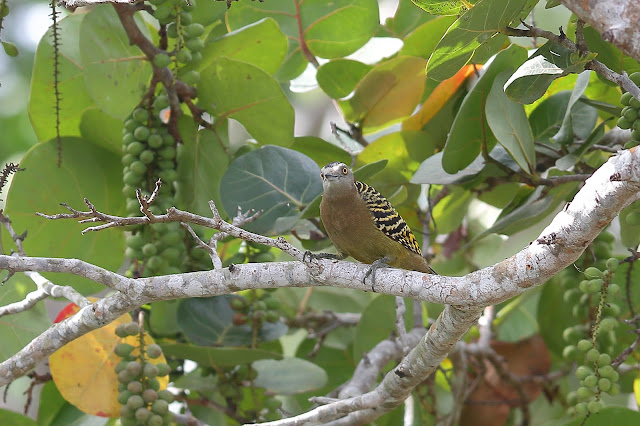








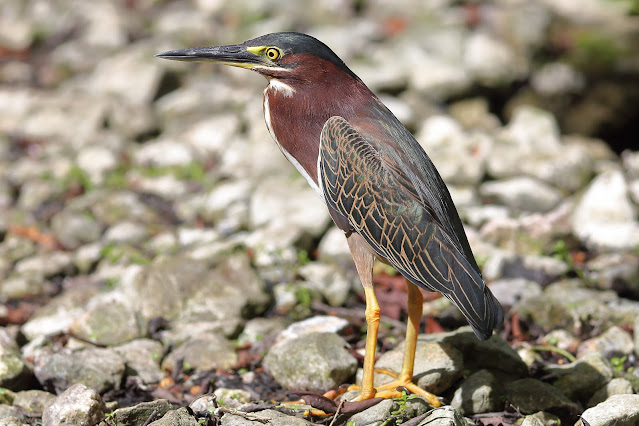

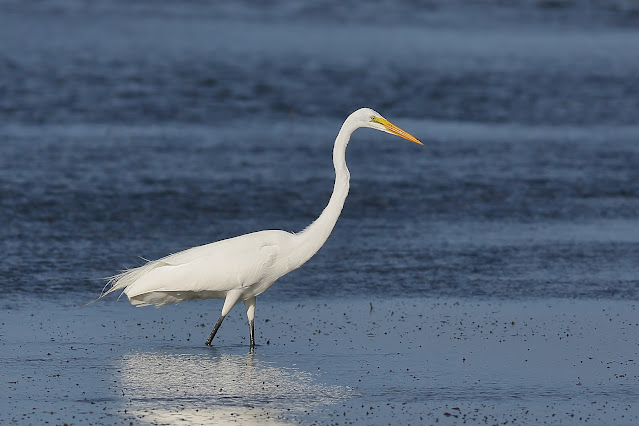


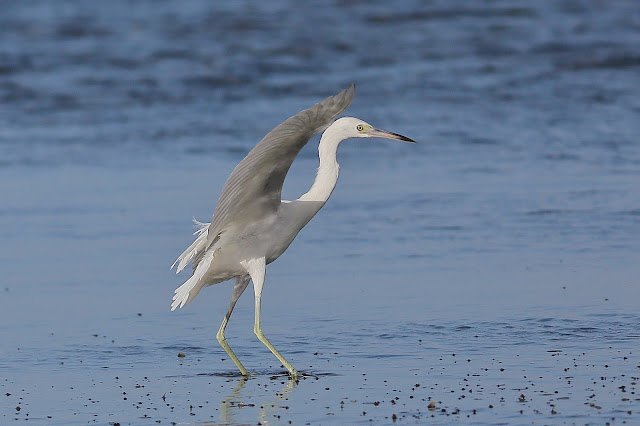


























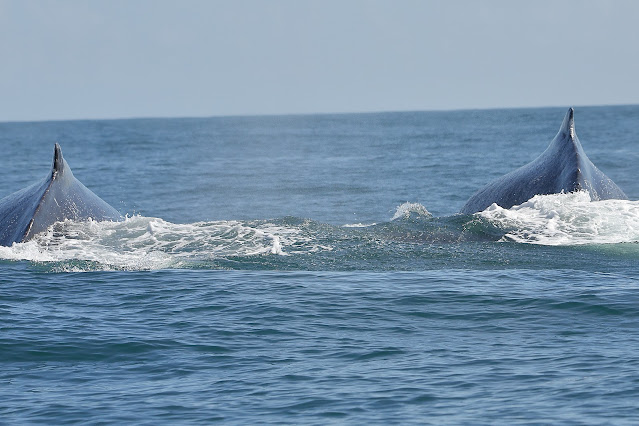






























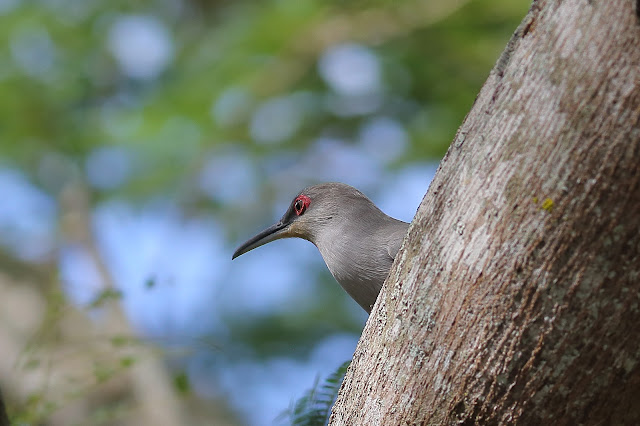













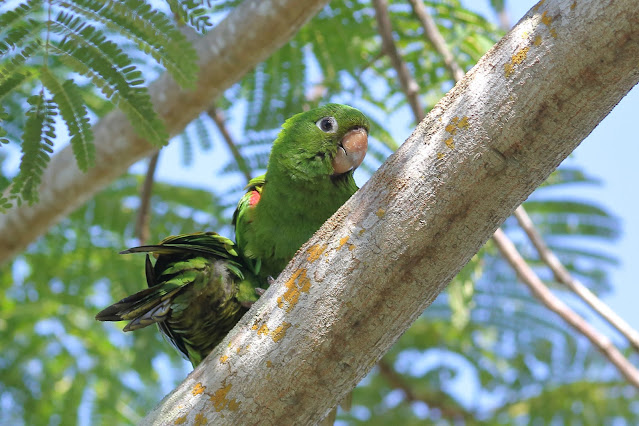


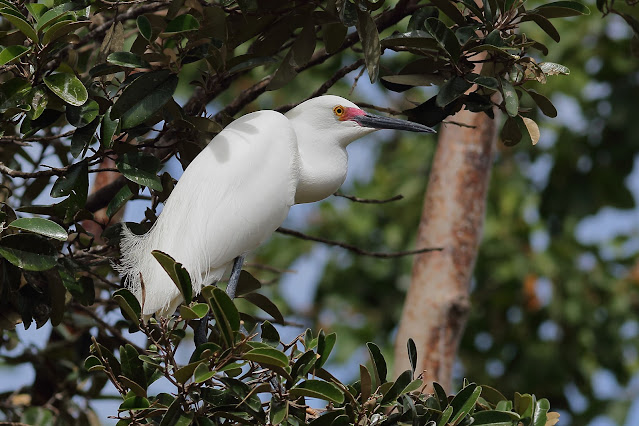



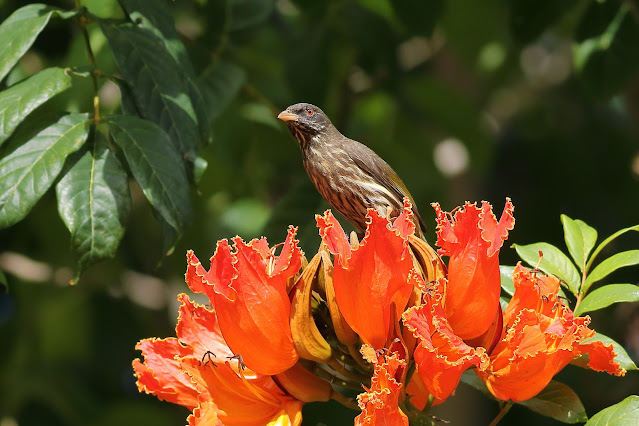
























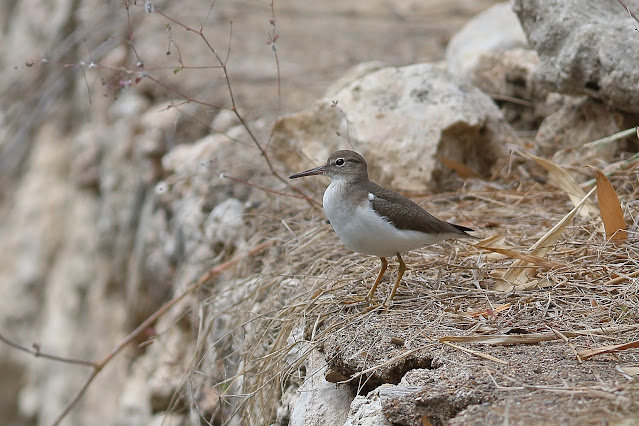





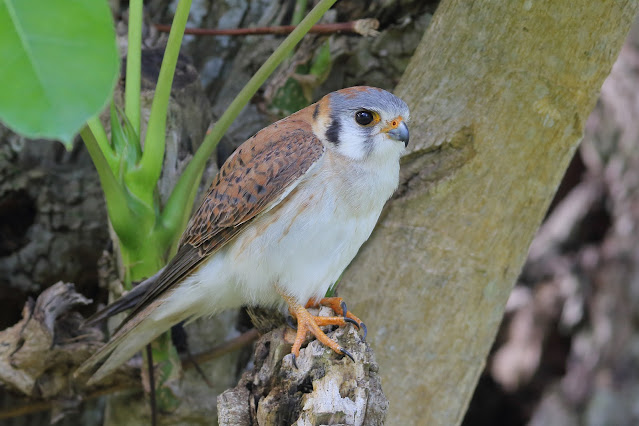

Preciosas como siempre, otro lugar muy recomendable para visitar, por aves y cetáceos
ResponderEliminarMuchas gracias Isabel.
EliminarMe alegra que te haya gustado.
Saludos,
Luis